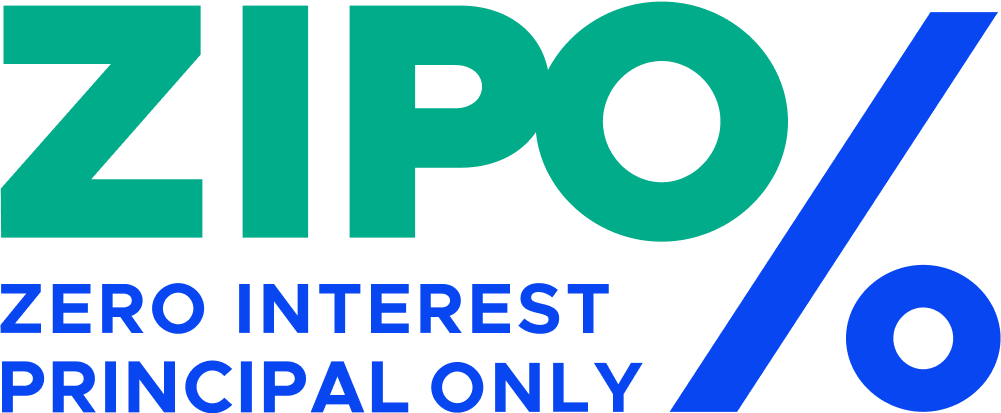NEWS
Student Debt Crisis: How Did We Let It Get This Bad?
Every day, the list of borrowers struggling to pay off their student loans continues to grow. Although more people are being educated on how to make smart financial choices for funding their education, there are still many students ending up with high-interest loans that will be difficult to pay off after they complete their academic program. Right now, the situation may seem hopeless, but it is possible to start doing better for those who choose to pursue their degree. Looking at all of the factors that led up to the student loan crisis spiraling out of control gives us the opportunity to stop making the same mistakes and begin finding solutions that work.
How Bad Is the Student Loan Crisis?
The numerous headlines proclaiming a student debt crisis exists don’t always tell the full story, and many borrowers think they are alone with this problem. Unfortunately, a quick look at the numbers involved with the crisis reveals that the issue is widespread and continuing to get worse. Currently, student debt totals to more than $1.5 trillion dollars. This breaks down to an average of each person owing around $34,000 apiece. Naturally, some borrowers have student debt that reaches into the hundreds of thousands if they pursued graduate-level degrees.
With such staggering amounts of debt, it is not surprising to hear that the number of students who default on their loans grows by around 1,400 people a day. The combination of carrying a high level of debt and defaulting on their loan can cause people to lose out on the opportunity to purchase property, secure a business loan and begin building their financial portfolio during the prime earning years of their life.
What Led Up to This Challenging Moment?
We could blame predatory lenders for the student loan crisis, but there are also several other critical factors at play. College tuition rates have increased at four times more than the current rate of inflation, which is 1,375% more than what going to school in 1978 would have cost. While students are struggling, there are over 70 college presidents in the United States who are making more than one million dollars each in salaries a year.
If all of the money was being poured back into funding educational programs, then it might be slightly understandable to see rising costs for school. Yet, this isn’t the case. The drive to provide open access to education opened up opportunities for banks, Wall Street investors, and private companies to profit while borrowers accumulate more debt. As colleges worked to get incentives for boosting enrollment, they also began raising prices to capitalize off the growing demand for seats in their schools.
What Can We Do to Help Student Borrowers?
Naturally, colleges aren’t going to drop their tuition rates overnight, and lenders are still charging exorbitant interest on some loans. So, how do we solve a crisis when some of the biggest players aren’t interested in watching their profits go down? Several of the current proposed plans carry significant benefits and risks. Many people suggest making college free, which has clear benefits for students. However, this plan could strain the federal government’s budget and leave schools vulnerable to political control.
Income share agreements could cause higher-earning students to pay more than they already do while causing colleges to focus more on educating those who they consider being able to pay more back into the system. Zero-interest loans serve as an effective middle ground. Colleges will still continue to earn their revenue, while students will have a better chance at paying off their education without spending more than they can afford.
Right now, many of the proposed plans for ending the crisis focus on helping new borrowers. However, that method still leaves current borrowers in a financial crunch. Our plan focuses on converting all current student loans to ones that charge zero interest while also helping borrowers to pay off their loans by applying all past interest charges to the principal. Taking care of those who are already struggling means that more borrowers can begin directing their income towards stimulating the economy.
